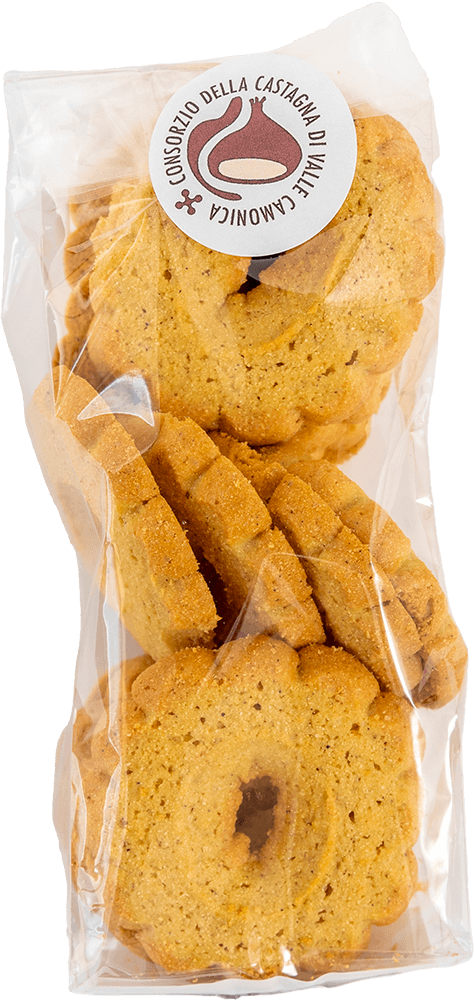
Delights – 200 g
190g
€4.00


The chestnut is a very ancient fruit, which has always been utilised by mountain people for food and trade. Also known as the “poor man’s bread”, it has always been present in Valle Camonica culture.
The chestnut is the fruit of the chestnut tree as opposed to the horse chestnut which is instead a seed. Chestnuts derive from female flowers (usually 2 or 3) enclosed by a cupule that then turns into a spiky shell. The chestnut is an achene, has a smooth and leathery dark-brown pericarp, at the top there is the so-called torch, meaning, that which remains of the styles while at the base there is a lighter scar called the hilum.
The shape of the fruit depends, in addition to the chestnut variety, also on the number and position they occupy inside the spiky shell: hemispherical for the lateral fruits and flattened for the central one; empty, aborted, flattened fruits are called “guscioni” or hulls.
The importance that the fruit has always played in the cultivation of chestnut tree is demonstrated by an entire series of documents that mark the path gradually over time and make it clear how it influenced the culture and politics of the places.
In any event, people’s lives have been closely linked to it, as the chestnut has long been one of the main sources of food. It is no coincidence that it has been nicknamed “the grain that grows on trees”, because it is very similar to rice and wheat from a nutritional perspective. This has made it possible to find different ways of propagating the tree, trying to refine its qualities, increase the varieties and consequently improve the fruit so it could be used fresh, dry or ground at mills.
There are many varieties of chestnut trees and consequently chestnuts. These varieties depend first of all on the altitude and places where they are grown, and consequently the forest landscape offers characteristics that vary from place to place.
The Jacini Agrarian study recalls many varieties of domestic chestnut trees, varying both for the size of the fruit and the quality of the flour obtained, which can be more or less sweet and preservable, depending on the resistance of the tree to temperatures.
Fenaroli lists the following types of chestnuts: Carpinese, Ciria, Lojola, Montan, Neiranda, Marrone, Pastinese, Brandigliana, Alotta, Lizzanese, Agostana, Rossera, Bellina, Biancola, Invernizza, Raggiolana, Valcamonica, Verdesa, Frombola, Pistolese, Torcione.
Ordinary folk often attributed names to chestnuts that change from area to area (e.g. Ponticose chestnuts seem to have taken their name from the village of Pontecosi, in the province of Lucca); some, however, are recurrent, such as Marrone (of good quality and size).
Since antiquity, mountain people have known how to grind dried chestnuts and obtain flours to be used to substitute the most expensive cereal flours, creating soups, flatbreads, polentas, purees, focaccias, and castagnaccio cakes. This fruit is particularly rich for those who do not have grains readily available, but unfortunately with a low source of protein given that from 100g of dry product only 6g of proteins can be obtained. While it is greater than that which is obtained from the same quantity of potatoes, it is unable to provide the same as an equal amount of grain which contain 12%. As regards the possibility of processing chestnut flour to obtain baked goods such as bread or biscuits, bear in mind that chestnuts are completely free of prolamins and glutelins, progenitors of gluten, and therefore not of bread-making quality as such. This, of course, makes it an appetizing fruit for preparations that are gluten-free and intended for celiacs, even if processing requires some adjustments to make chestnut flour compactable.
As per nutritional characteristics, the chestnut differs from most fruit for its modest water content which does not exceed 52% and consequently the fruit supplies a rather high energy value (153 Kcal). As per carbohydrates, the chestnut also stands out for having a higher concentration than all the other nutrients with a value of about 33%, compared to 1.8% in fats and 3.2% of proteins. An unusual characteristic of the chestnut, however, is the presence of significant amounts of starch, 22.3%, which places it amongst the farinaceous fruits; in addition to this, 8.6% in soluble sugars and 7.3% in fibre. The fresh fruit also contains some vitamins belonging to the B group (B1, B2) PP, potassium, phosphorus, iron and calcium, all of which makes it a nutritious fruit with a good caloric content.

190g
€4.00

500g
€12.50
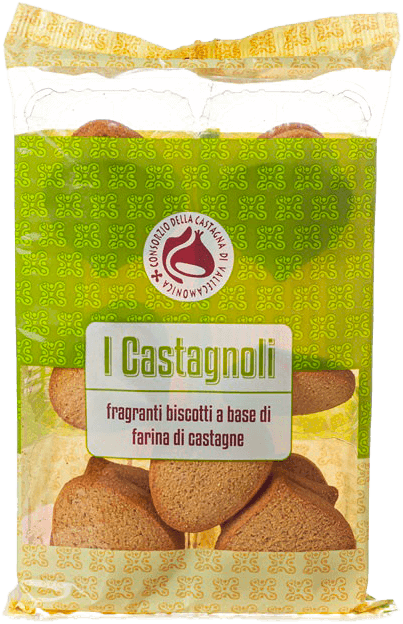
300g
€5.00
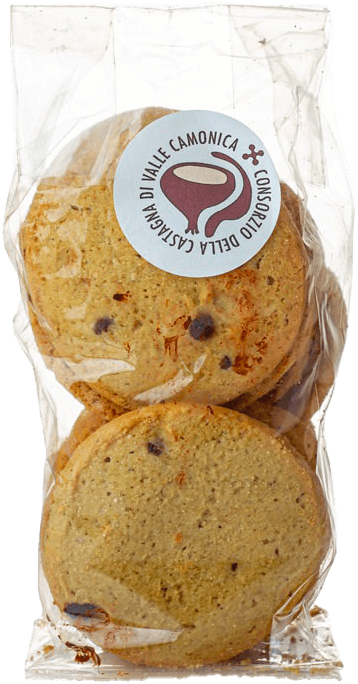
190g
€4.00
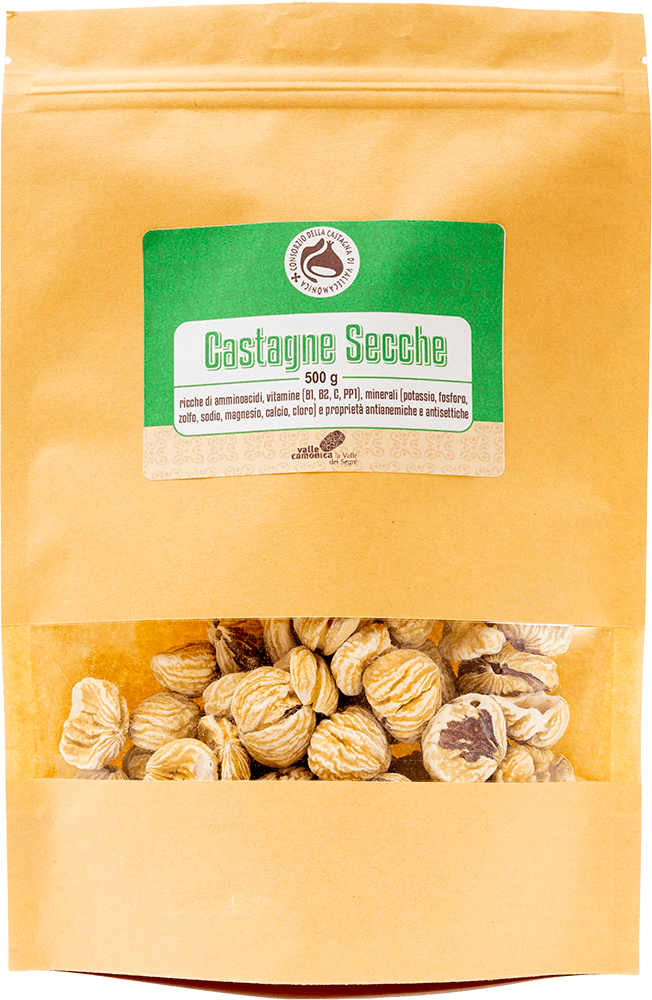
500g
€9.00
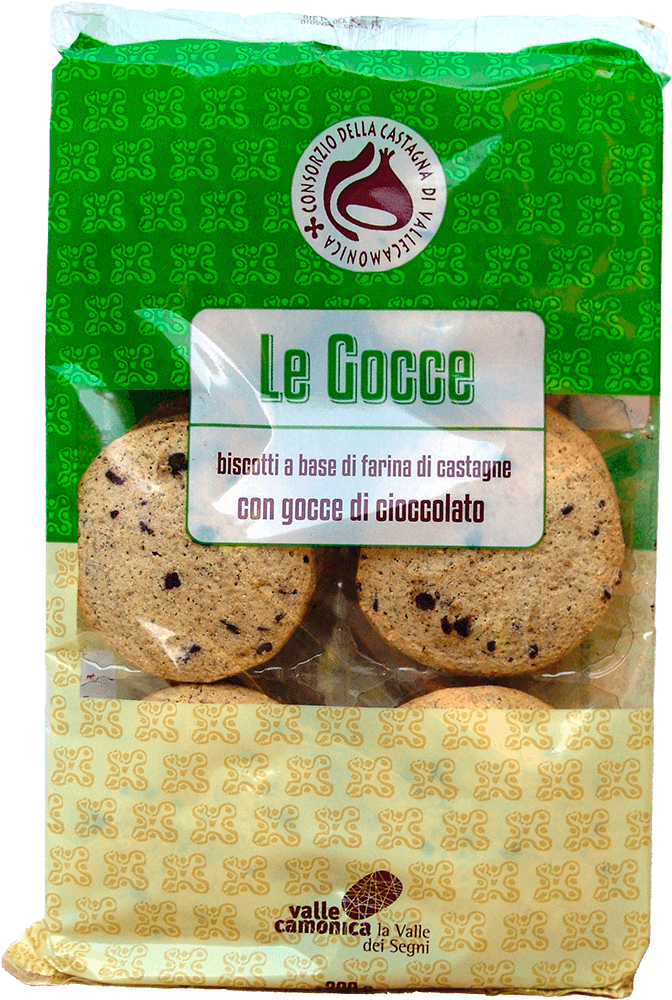
300g
€4.50
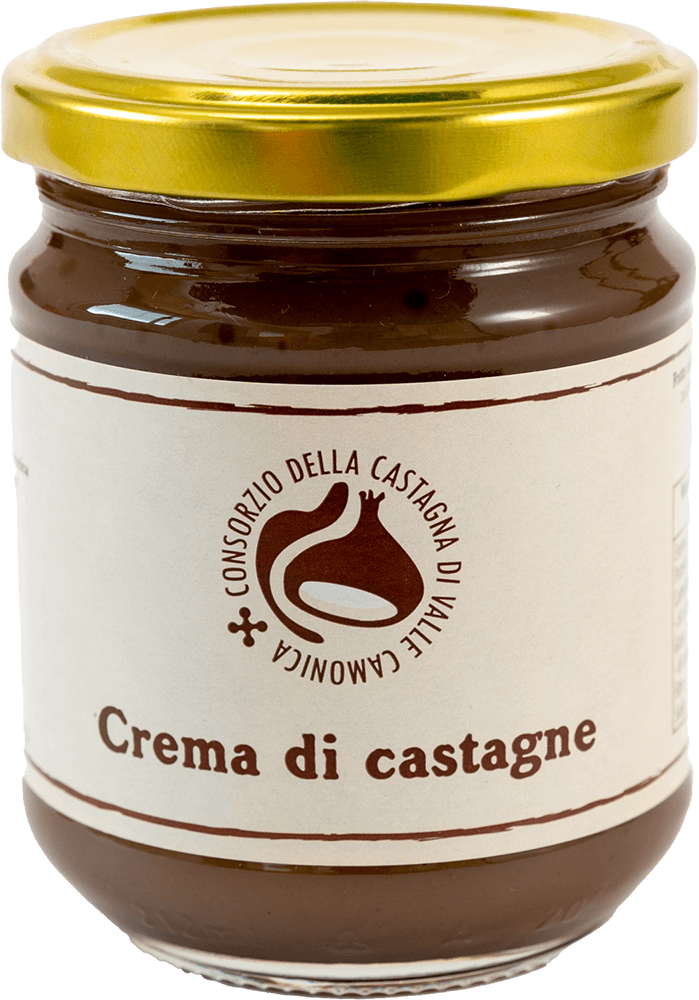
220g
€5.00
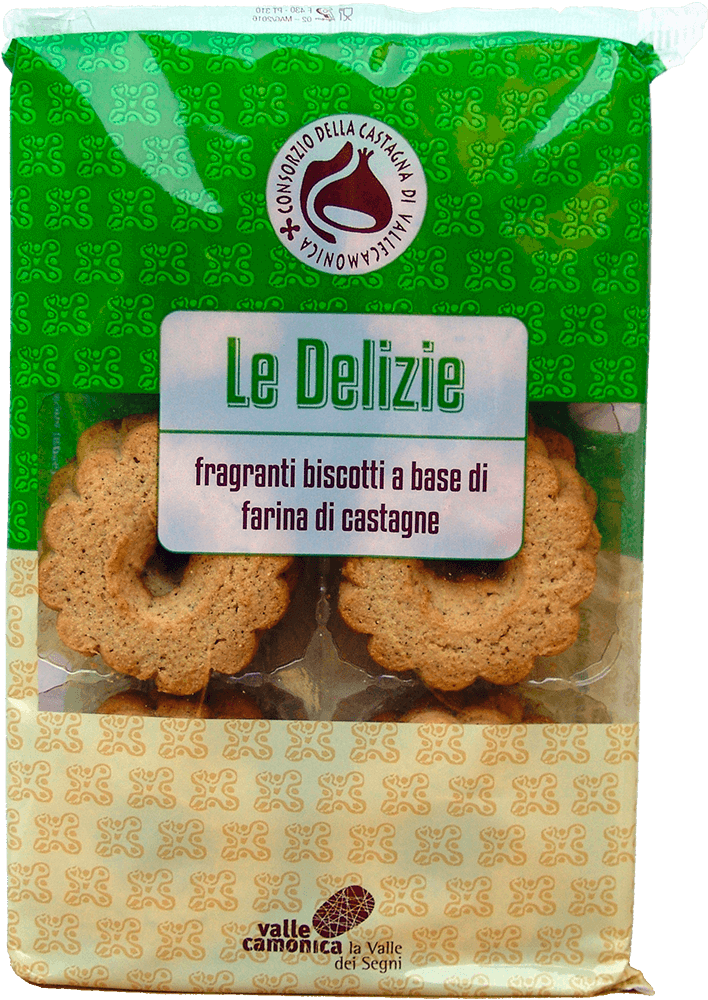
300g
€4.50
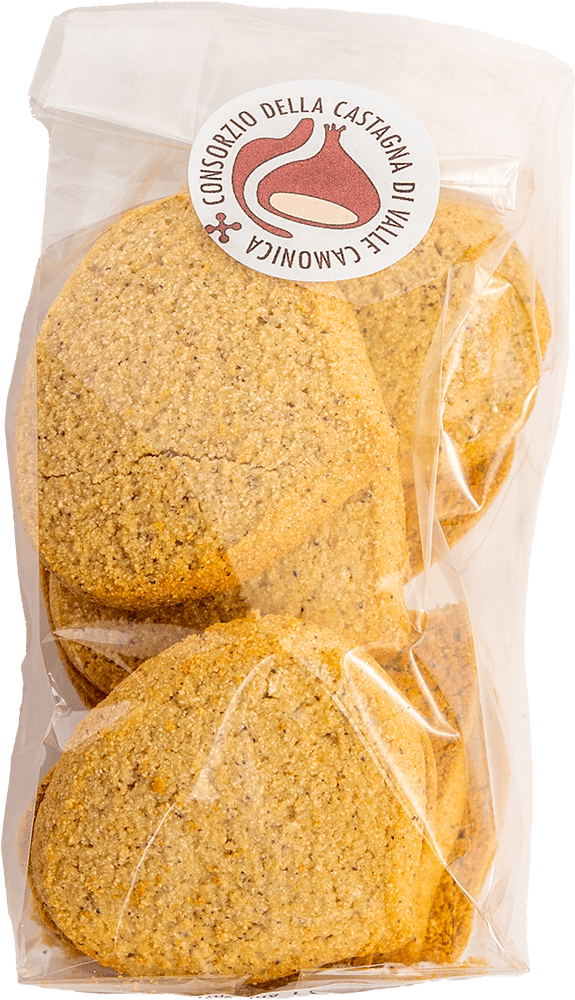
190g
€4.50
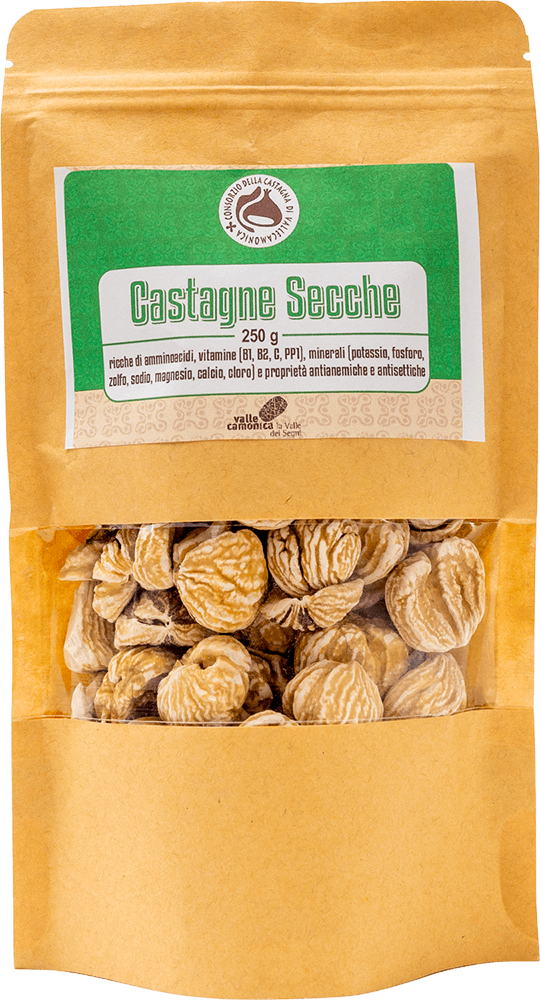
250g
€5.00

Stai utilizzando un browser obsoleto.
Il seguente sito NON è ottimizzato per Internet Explorer.
A fatal exception IE has occurred at C0DE:L05TUD10 in 0xC0DEBA5E.
oppure clicca il pulsante qui sotto:
aggiorna il tuo browser!